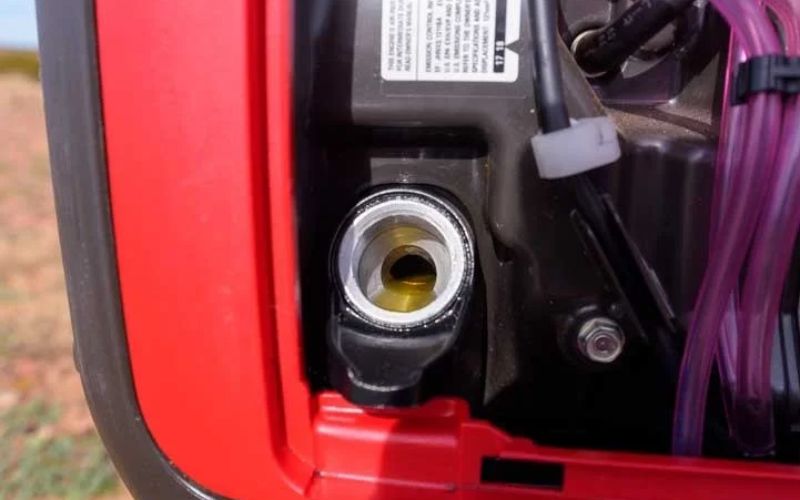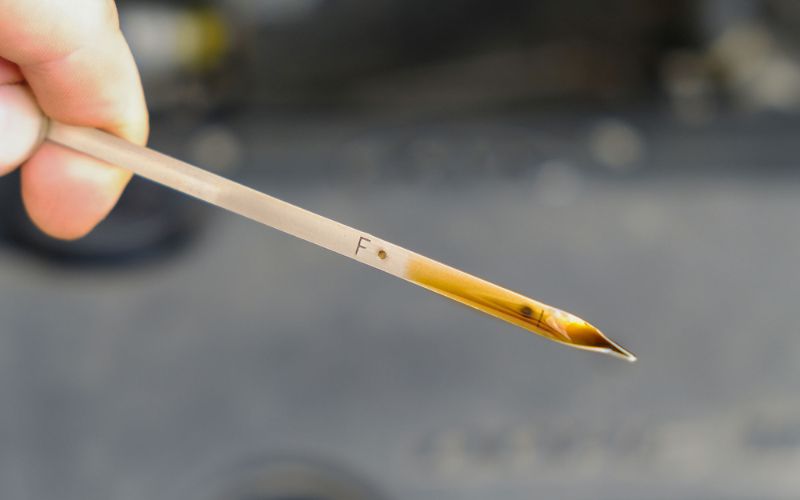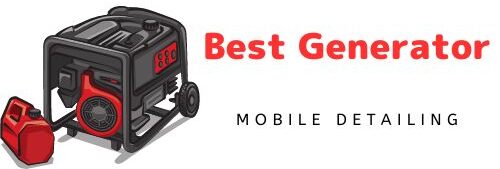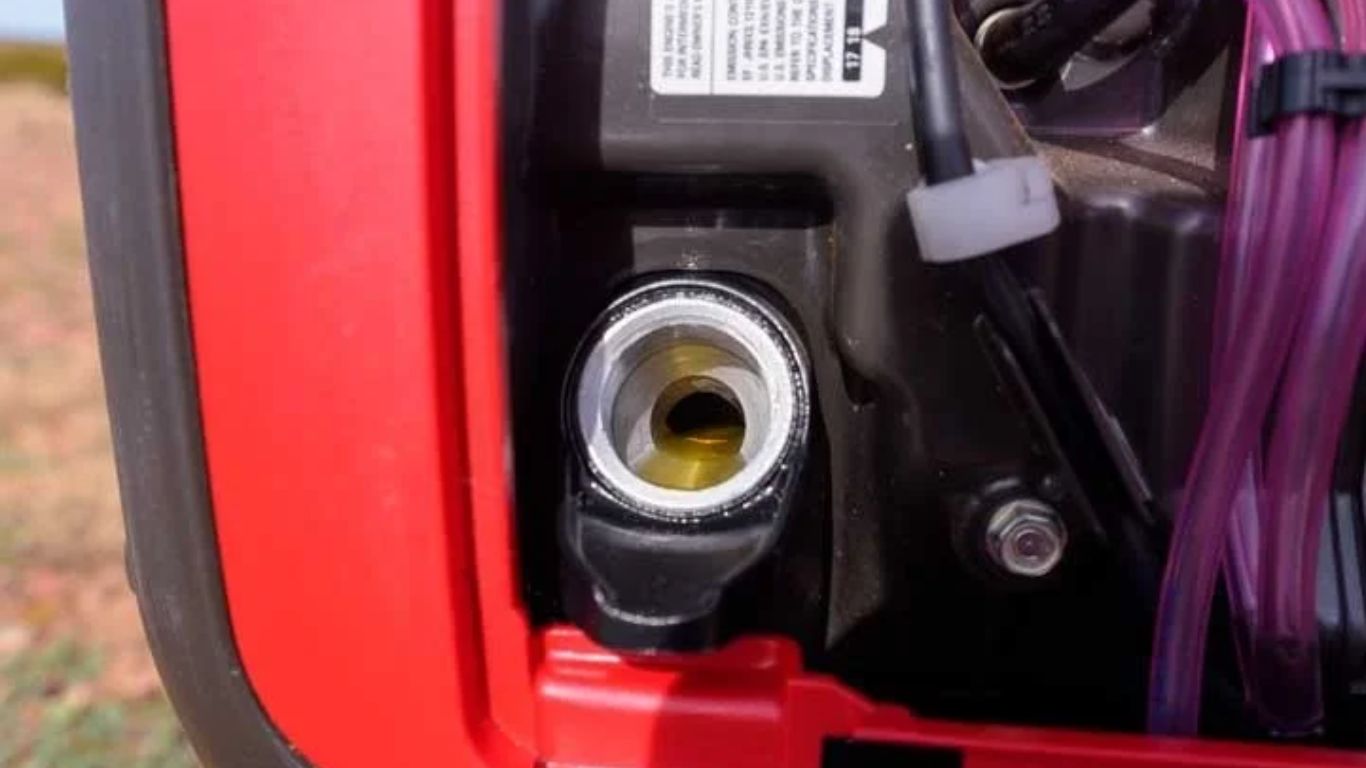If you’ve ever asked yourself how to increase low oil pressure in a generator, you’re not alone. It’s a question that many generator owners face, but the answer isn’t as complicated as you might think. At Best Generator For Mobile Detailing, we believe that the key to solving this issue lies in understanding the subtle signs before they turn into major headaches. From the type of oil you use to the condition of your engine’s internal components, every detail matters. Addressing low oil pressure isn’t just about fixing a problem; it’s about maintaining peak performance and extending your generator’s lifespan. With the right knowledge and a few strategic steps, you can ensure your generator is always ready to perform when you need it most.
What Is Low Oil Pressure in Generators?
Low oil pressure occurs when your generator’s engine isn’t receiving enough lubrication, which can lead to serious damage. This issue is often caused by factors such as incorrect oil viscosity, a failing oil pump, or clogged filters. Each of these can disrupt oil flow, resulting in pressure drops. Understanding these causes is key to learning how to increase low oil pressure in a generator. For a detailed breakdown of these issues and how to fix them, check out our in-depth guide on low oil pressure causes and solutions.

Common Symptoms of Low Oil Pressure in Generators
Recognizing the signs of low oil pressure early can save you from costly repairs. Generators typically show clear symptoms when oil pressure drops, and knowing what to look for is critical for maintaining performance. If you’re unsure, start by paying attention to these warning signs.

Fluctuating Oil Pressure Gauge Readings
An erratic or consistently low reading on your oil pressure gauge is one of the first indicators of trouble. This suggests your generator isn’t circulating oil properly.
Increased Engine Noise
When oil pressure drops, engine components may lack lubrication, causing louder operation or unusual knocking sounds.
Oil Warning Light
If the oil warning light on your generator’s dashboard illuminates, it’s a clear signal that something’s wrong with the oil pressure, and immediate attention is required.
Key Tools and Equipment for Troubleshooting Low Oil Pressure
Proper equipment not only helps diagnose the issue but ensures you’re addressing the problem efficiently. If you’re wondering how to increase low oil pressure in your generator, these tools are the first step to finding the solution.
Oil Pressure Gauge
This tool is vital for measuring the current oil pressure in your generator. Regular readings can help you identify when levels drop, allowing you to act before significant damage occurs.
Oil Viscosity Tester
Testing the viscosity of your oil can reveal whether the oil is too thick or thin, which directly affects pressure. Using the correct oil viscosity is crucial for maintaining proper flow.
Pressure Switch and Sensor Tester
Faulty pressure switches or sensors can lead to inaccurate oil pressure readings. A tester will help verify that these components are working correctly, preventing misdiagnoses.

Step-by-Step Guide to Increase Low Oil Pressure in a Generator
Restoring proper oil pressure requires a methodical approach. By following these steps, you can address the root causes and maintain the performance of your generator.
Step 1: Check Oil Level and Quality
Start by verifying the oil level. Low oil levels are one of the most common causes of pressure issues. Also, ensure you’re using the correct oil viscosity, as it directly impacts oil flow and pressure.
Step 2: Inspect and Replace the Oil Filter
A clogged oil filter can restrict oil flow, leading to lower pressure. Regularly inspecting and replacing the filter ensures smooth oil circulation throughout the engine.
Step 3: Examine the Oil Pump
The oil pump is responsible for maintaining pressure. If it’s malfunctioning, the engine won’t receive adequate lubrication. Inspect the pump for wear and replace it if necessary.
Step 4: Check Oil Pressure Gauge and Sensor
Inaccurate gauge readings can lead you astray. Test the pressure sensor and replace it if it’s faulty to ensure you’re getting accurate measurements.
Step 5: Verify Engine Lubrication System
Lastly, inspect the entire lubrication system for blockages or leaks. Proper lubrication is key to maintaining consistent oil pressure and avoiding long-term damage.
Following these steps will help you effectively increase low oil pressure in your generator and keep it running smoothly.
Frequently Asked Questions (FAQs)
Many generator owners have similar questions when dealing with oil pressure issues. Addressing these common concerns can help clarify your understanding of how to increase low oil pressure in a generator, ensuring you take the right steps for maintenance and repair.
What Is the Normal Oil Pressure Range for a Generator?
The ideal oil pressure range can vary depending on the generator model, but most function properly with a pressure between 25 to 65 PSI. Consistently lower readings may indicate an issue that needs immediate attention.
What Causes Low Oil Pressure at Idle?
At idle, lower oil pressure is natural, but if it dips too low, it could be due to worn engine parts, incorrect oil viscosity, or a malfunctioning oil pump. Checking these components will help you resolve the issue.
Can Low Oil Pressure Damage the Generator Engine?
Yes, operating a generator with low oil pressure for an extended period can lead to severe engine damage. Lack of lubrication can cause parts to overheat and wear out faster, resulting in costly repairs or engine failure.
How Often Should I Change the Oil Filter in My Generator?
It’s best to replace the oil filter every 100-150 hours of use, or as recommended in the generator’s manual. Regular filter changes prevent clogs, which can lead to low oil pressure.
What Type of Oil Should I Use for My Generator?
Using the correct oil viscosity is crucial. Most generators require SAE 10W-30 or SAE 30, but it’s important to refer to your generator’s manual for the exact specification.
About Best Generator For Mobile Detailing
At Best Generator For Mobile Detailing, we are passionate about providing expert advice and high-quality solutions for all your generator needs, whether you’re a professional or a DIY enthusiast. With years of experience in the field, we specialize in helping our customers maintain and optimize their equipment, including troubleshooting issues like low oil pressure. Our goal is to make sure you get the most out of your generator, from everyday maintenance to addressing specific problems like how to increase low oil pressure in a generator. We offer a range of resources, including detailed guides, product recommendations, and expert tips, all designed to help you keep your generator running smoothly.
Conclusion
Choosing the right robot lawn mower can transform the way you maintain your yard, saving you time and effort. Understanding how to choose a robot lawn mower means focusing on essential factors like yard size, terrain, and smart features that suit your needs. At Best Generator For Mobile Detailing, we are dedicated to providing expert guidance, ensuring you make the most informed decision possible. Whether you’re dealing with steep hills or need a mower that can handle complex lawns, the right choice will bring lasting value to your outdoor routine. Invest in a mower that fits your lifestyle, and enjoy a beautifully maintained lawn with minimal effort.
Marion Woods is an accomplished generator technology expert with over 15 years of experience, currently serving as the Chief Technology Officer at GenTech Power Solutions. She holds a Master’s degree from MIT and specializes in enhancing generator efficiency and integrating renewable energy sources. Marion is a respected author and speaker in the engineering community, dedicated to pioneering sustainable power solutions.


1 thought on “How To Increase Low Oil Pressure In A Generator”